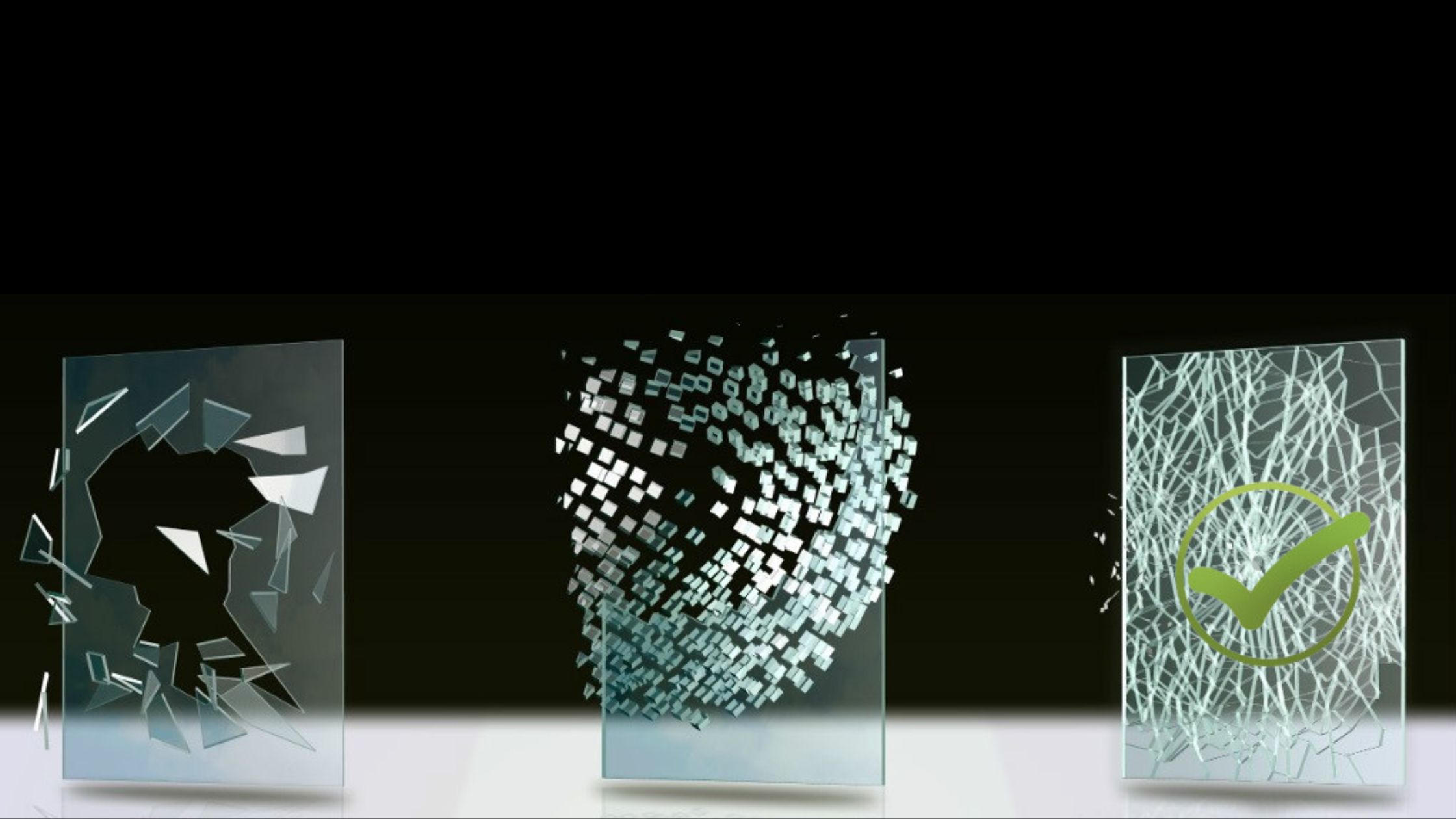Switchable glass, also known as smart glass or privacy glass, has the ability to change its transparency with the flick of a switch or a simple control system. This post delves into how this innovative glass can greatly enhance energy efficiency in buildings by reducing the need for artificial lighting and air conditioning. We also… Continue reading The Impact of Switchable Glass on Energy Efficiency and Privacy
Tag: Switchable Privacy Film
The Science Behind Switchable Glass and Privacy
What is switchable glass? Switchable glass, also referred to as smart glass or privacy glass, represents a specialized innovation in glass technology, offering dynamic transparency properties that can be adjusted according to user preferences. With the simple activation of a switch or remote control, users can effortlessly regulate both the amount of light entering a… Continue reading The Science Behind Switchable Glass and Privacy
The Evolution of Smart Glass: A Look into the Future of Privacy
Smart glass, also known as switchable glass or electrochromic glass, is a revolutionary technology that can change its light transmission properties at the flick of a switch or through automated control. This allows the glass to transition from transparent to translucent or even opaque, providing privacy and control over the amount of light entering a… Continue reading The Evolution of Smart Glass: A Look into the Future of Privacy
Unlocking the Secrets of Switchable Privacy Glass
As we delve into the fascinating world of switchable privacy glass and explore its many benefits and applications, let’s start by explaining what switchable privacy glass is and how it works, shedding light on the technology behind this innovative product. Switchable privacy glass, also known as smart glass or electric glass, is a revolutionary material… Continue reading Unlocking the Secrets of Switchable Privacy Glass
Privacy Made Easy: How Switchable Glass Works
What is Switchable Glass? Switchable glass, also known as smart glass or privacy glass, introduces an innovative technology that enables instant privacy control with a simple switch. This glass finds applications in windows, doors, skylights, and partitions, offering a versatile solution to privacy needs. Switchable glass presents an array of advantages and diverse applications, making… Continue reading Privacy Made Easy: How Switchable Glass Works
Exploring the Versatility of Smart Glass for Privacy Solutions
Privacy is a fundamental aspect of our lives, and finding effective solutions to protect it is essential. One innovative technology that has gained significant attention in recent years is smart glass. Smart glass, also known as switchable glass or privacy glass, offers a versatile and customizable way to control visibility, making it an ideal solution… Continue reading Exploring the Versatility of Smart Glass for Privacy Solutions
